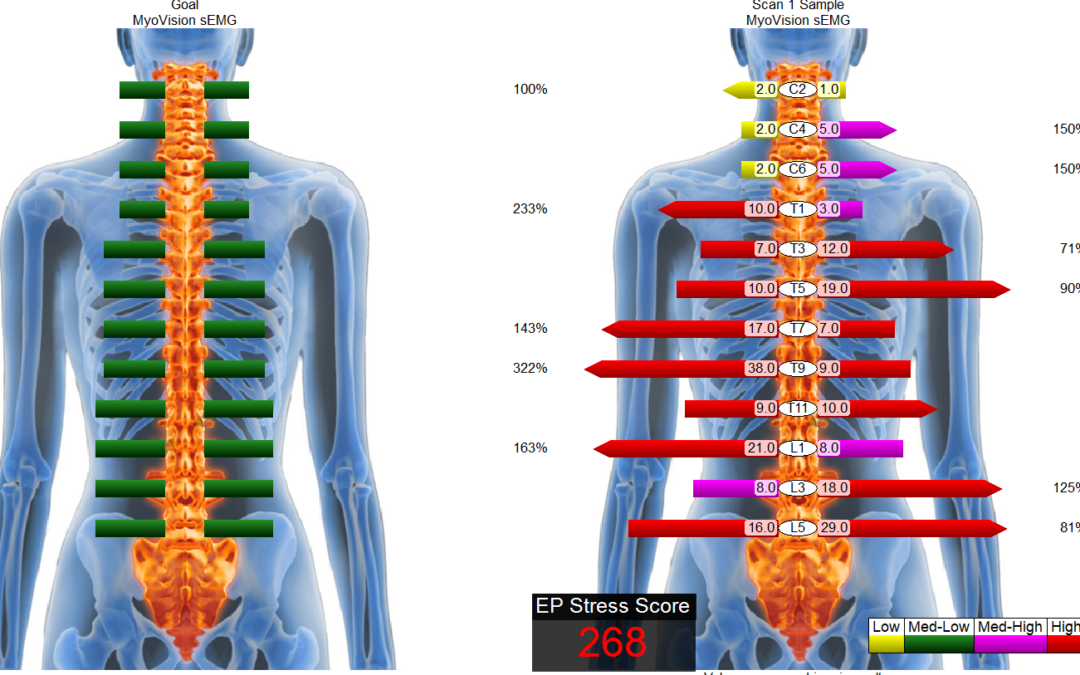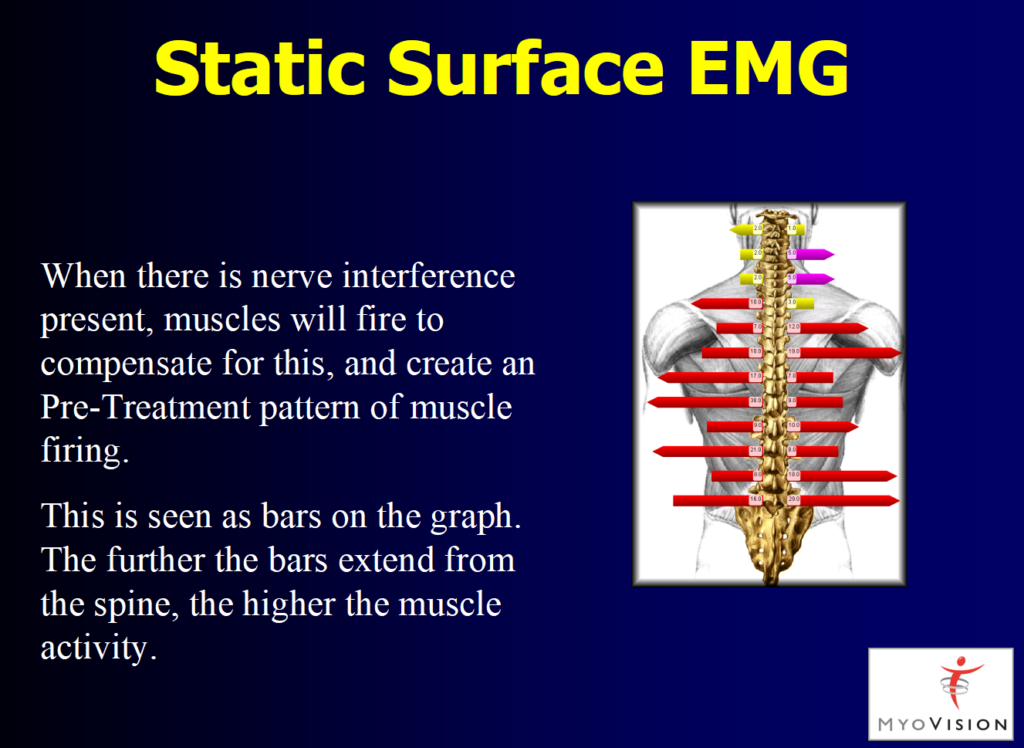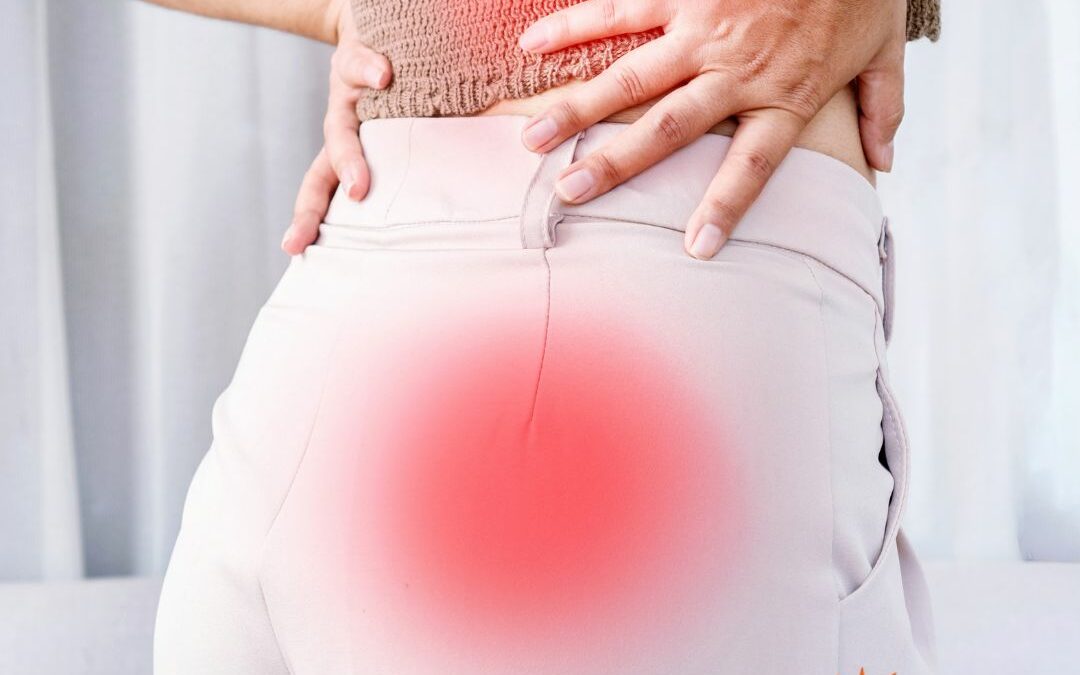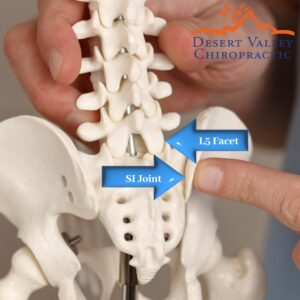
by Dr. Katherine | Oct 21, 2024 | biohacks, Health, pain, wellness
“Welcome to “Inflammation Season”! 🎃🍁
Happy October and Welcome to Inflammation Season! As we move into the fall, it is the time when pumpkin spice and holiday goodies take over. From Halloween candy to Thanksgiving pies, Christmas cookies, Hanukkah latkes, and festive cocktails, it’s the season of indulgence!
By the time December rolls around, my office is usually full of patients feeling under the weather, battling colds, flu, fatigue, and flare-ups. When we get to talking, the culprit is often accidental overindulgence during the holidays. But don’t worry—I’m a huge fan of holiday fun, too! The joy, gratitude, and connections are important for your well-being. So, what’s the solution? It all comes down to **awareness** and **balance**.
Sugar and Inflammation
Sugar plays a significant role in promoting inflammation in the body. Consuming excessive amounts of refined sugars can lead to spikes in blood glucose levels, which triggers the release of inflammatory cytokines—molecules that cause inflammation as part of the immune response. Over time, this chronic inflammation can contribute to the development of various health issues such as joint pain, cardiovascular disease, and diabetes. Reducing sugar intake helps to decrease inflammation, supporting better overall health, reducing pain, and improving energy levels. Opting for whole, unprocessed foods is a key strategy in managing inflammation and maintaining a balanced diet.

Awareness 🌟
Holiday temptations are everywhere, starting with Halloween candy in October, and continuing through New Year’s with rich meals, desserts, and festive drinks. It’s easy to overdo it without realizing it! Here are some tips to help you stay mindful and keep your body balanced:
– Skip the candy bowl 🍬 or hand out treats you don’t particularly like.
– Space out indulgences—don’t let every day become a dessert day.
– Balance treats with nutrient-rich foods, like vegetables and lean proteins 🥦🍗.
– Use holiday spices like cinnamon, which can help regulate blood sugar.
– Support your immune system by taking vitamin D and fish oil.
– Limit alcohol, which depletes important nutrients like magnesium and B vitamins. Be sure to replenish them with healthy foods or supplements.
Balance⚖️
The holidays are all about enjoyment, so don’t deprive yourself! The key is balance:
– Plan your week – enjoy treats, but balance them with nutritious meals.
– Say “no” when needed – It’s okay to decline some activities to rest and avoid burnout. 🎉🚫
– Take downtime to relax and recharge—this will help prevent overindulging and exhaustion.
– Get outside! Enjoy Phoenix’s fall weather with walks or hikes instead of sugary coffee dates. 🚶♂️🌞
– Exercise and chiropractic care can help reduce inflammation and support your body during this busy season.
– Rest! Sleep is crucial for staying healthy and energized.
– Stay hydrated and consider adding a high-quality protein supplement to offset the effects of sugar.
Remember, you can enjoy the best of the season without feeling run down by January. Stay consistent with your health plan, prioritize your well-being, and let’s head into the new year feeling strong and refreshed!
From the Team at Desert Valley Chiropractic we hope you enjoy this season of gratitude and connection!

by Dr. Katherine | Oct 8, 2024 | Chiropractic In Phoenix, Chiropractor, Health, Injury, Neck Pain, pain
Do You Need X-rays Before Seeing a Chiropractor?
When searching for chiropractic care in North Phoenix, you might wonder if X-rays are necessary before starting treatment. The short answer? Not always! While some chiropractic techniques rely on X-rays to determine the best approach, Desert Valley Chiropractic takes a different route to deliver personalized and effective care.
Why Some Chiropractors Use X-rays
While some experts consider it controversial many chiropractic offices use X-rays to guide manual adjustments. This may help the doctor know exactly where and how to adjust. This is particularly important for techniques that involve rotation or extension of the spine, as these movements can stress the joints if not carefully controlled. X-rays provide a clear view of the spine’s structure, helping chiropractors perform these techniques safely.
However, at Desert Valley Chiropractic, we use Activator Methods—a gentle, low-force technique that doesn’t involve any twisting, popping, or cracking. Because we don’t perform these manual adjustments, we rarely need X-rays to guide our treatments. Instead, we use detailed assessments such as leg checks, segment testing, and MyoVision EMG technology to determine which areas of your spine need attention.
What About Injuries or Underlying Conditions?
Of course, there are still scenarios where X-rays can be beneficial, such as screening for injuries such as a car accident, pathologies, or other underlying conditions. If we believe an X-ray is necessary based on your symptoms, medical history, or response to care, we refer you to a trusted radiology facility. There, a board-certified radiologist will review your films and provide us with a comprehensive report.
The added bonus of this approach is that your X-ray results are stored in a patient portal, making them accessible to your other healthcare providers if needed. This way, you have a thorough record of your health history that goes beyond just your chiropractic visits.
What About the Radiation?
Some patients are concerned about the radiation of an X-ray. Rest assured they are safe. For example, the radiation from a chest X-ray is the equivalent to 10 days outside in the environment. So, if we determine an X-ray is necessary, we will discuss the reasons why and you can breathe easy because they are a sage diagnostic tool.
If You Don’t Use X-ray, What Do You Use?
As mentioned above we use technology called Myovision. MyoVision is an advanced diagnostic tool similar to an EKG for activity of heart Muscle. The Myovision scan provides detailed insights into how your muscles and spine are functioning together. This state-of-the-art technology uses surface electromyography (sEMG) to measure the electrical activity in your muscles. Giving us a real-time snapshot of any areas of muscle tension, imbalance, or stress. The MyoVision scan is quick, non-invasive, and completely safe. Making it an ideal tool to use during your initial exam and throughout your care plan to track your progress.

The data collected by MyoVision along with a physical exam helps us pinpoint problem areas that may not be apparent through traditional assessment methods. By understanding how your muscles are responding to nerve signals, we can fine-tune our treatment approach to ensure that each adjustment is as effective as possible.
At Desert Valley Chiropractic in North Phoenix, we utilize MyoVision technology to complement our Activator Methods technique, allowing us to deliver precise, customized care without the need for X-rays in most cases. This way, you can have confidence that your treatment is guided by the most accurate and up-to-date information available.
Why Choose Desert Valley Chiropractic?
With over 300 five-star Google reviews, we are proud to be one of North Phoenix’s top-rated chiropractic offices. Our patients appreciate the gentle approach of Activator Methods, which has made a life-changing impact on many people dealing with pain and discomfort. Whether you’re dealing with a recent injury, chronic pain, or just looking to maintain your health, we’re here to support your wellness journey.
Ready to experience the Desert Valley difference? Call us today at 602-439-1515 to schedule your first visit!

by Dr. David Iacuone | Aug 3, 2024 | Chiropractic In Phoenix, Exercise, Health, Injury, pain, wellness
Chiropractic Care for CrossFit Enthusiasts
Chiropractic care has been helping CrossFit enthusiasts maximize performance and minimize injuries for a long time. CrossFit is an intense workout regime embraced by over 5 million people each year. Given its demanding nature, many CrossFitters, who often have sedentary jobs, find themselves prone to injuries. However, these injuries are not inevitable. Incorporating stretches, foam rolling, and other mobility exercises into your routine can significantly reduce the risk of injury. Additionally, chiropractic care offers numerous benefits for CrossFitters, enhancing their performance and overall well-being.
Chiropractic Care and Injury Prevention
CrossFit workouts involve high-intensity movements that can strain muscles and joints. Regular chiropractic adjustments help maintain proper alignment of the spine and joints, reducing injury risks during workouts. Poor form during lifts and exercises is a primary cause of injuries. Misaligned joints can lead to unintended poor form. Chiropractic care enhances joint function, increases range of motion, and improves form, thereby preventing injuries.
Get the Most out of your Workout
Proper joint alignment and function improves biomechanics of the spine or other effected joints. Improved mechanics allow you to get the most out of your workout, including more intense Crossfit workouts. When the body is in alignment, muscles function optimally, allowing athletes to generate more power and strength.

Recovery, Recovery, Recovery!!
CrossFit workouts can be intense, often resulting in muscle soreness and fatigue. Being in optimal alignment with Chiropractic adjustments will promote faster recovery by reducing inflammation, improving blood flow and aiding the body’s natural healing processes. The better your recover, the more you can perform on your next workout.
Enhanced Range of Motion
Flexibility and range of motion are crucial in all aspects of life, including CrossFit. It is important to have smooth movements to aid with proper form and technique. Chiropractic care improves joint function and reduces muscle restrictions, helping CrossFitters move more freely and efficiently. Given how much time we spend sedentary in front of a computer with poor posture, achieving full range of motion when starting to work out can be challenging. Regular chiropractic visits can significantly improve this.
Individualized Treatment
Chiropractors tailor treatment plans to meet each patient’s specific needs, addressing underlying issues or imbalances affecting performance or predisposing them to injury. At Desert Valley Chiropractic, we utilize a very specific chiropractic technique that not help us to improve the mechanics of your spine, but also extremities like your knee’s, hips, shoulders, and wrist.


Pro Tips
Prior to any big workout including CrossFit it can be beneficial to warm up your core. Core engagement is critical to preventing significant injury during a workout. If we engage the core for a few minutes prior to a workout, it will be there to support us when we need it. Plus, it can help with your form, especially with more intense movements.
Also, don’t forget to stretch after the workout. You have spent all that time working your muscles, shortening them and putting stress on the surrounding joints. Take the time to lengthen those muscles after your work out. They’re already warmed up, they’ll have good blood supply and post workout stretching has been shown to reduce soreness and speed up recovery.
Overall, chiropractic care supports the health and performance of CrossFit athletes by addressing musculoskeletal issues, promoting better range of motion, optimizing overall function and faster recovery. It’s essential for athletes to work with qualified chiropractors who understand the unique demands of CrossFit training. At Desert Valley Chiropractic, we are dedicated to providing expert care to help you achieve your fitness goals safely and effectively.

by Dr. David Iacuone | Jun 10, 2024 | Chiropractic In Phoenix, Injury, pain
So … You have a pain in the Butt?

In our office we see this all the time, patients will tell us it hurts right here! Then they point to the top of the glute area or sacroiliac joint (SI joint). It is a particularly common problem with people who sit a lot for work, even with an ergonomically correct set up. While there certainly can be multiple reasons to have pain to have a “pain in the butt” we typically will see problems with the fifth lumbar vertebrae (L5) and or an SI joint that has locked up.
The Anatomy of the problem:
The sacroiliac (SI) joint and the lumbar spine are intricately connected. They play vital roles in maintaining the stability and flexibility of the lower back and pelvis. The lumbar spine, composed of the five vertebrae in the lower back, supports much of the upper body’s weight and enables a range of movements, including bending and twisting. At the base of the lumbar spine lies the sacrum, a triangular bone that fits between the two ilium bones of the pelvis. This forms the sacroiliac joint or SI joints on either side.
These joints act as shock absorbers, distributing the forces exerted on the spine and pelvis during activities like walking, lifting, and running. The connection between the lumbar spine and the SI joints ensures a seamless transfer of weight and motion from the upper body to the lower limbs. This facilitates smooth and coordinated movements. However, any dysfunction in the SI joints can disrupt this balance, leading to pain and limited mobility. Understanding this connection is crucial for diagnosing and treating lower back and pelvic pain effectively.

Common Causes of the pain in your Butt (no its not your spouse):
Experts have difficulty estimating the number of people that suffer with SI joint pain because of the prevalence of low back complaints. Still, it is estimated that a third of the patient with low back pain also have pain related to joint dysfunction of the SI joint. This equates to roughly 204 million people world wide who have pain in and around the SI joints. There can be many factors that result in you having a pain in the butt including:
- Repetitive Stress: Activities that involve repetitive motion, like running or heavy lifting, can strain the SI joint.
- Too much sitting: Many people sit for long periods of time while at work, and this can put pressure into the SI joint and low back, as well as causing the muscles in the area to tighten up.
- Prolonged standing: Standing for a long period of time, and sometimes standing on a hard surface can be hard on the SI joints, causing them to get inflamed and irritated.
- Injury or Trauma: A sudden impact, such as a fall or car accident, can injure the SI joint.
- Pregnancy: Hormonal changes and increased weight during pregnancy can put extra stress on the SI joint.
- Arthritis: Degenerative arthritis or ankylosing spondylitis can affect the SI joint.
- Poor Posture: Prolonged sitting or standing with poor posture can contribute to SI joint dysfunction.
Symptoms of SI Joint Pain:
The symptoms of SI joint pain can vary but often involve pain in the low back, pelvic pain, limited range of motion and worsening pain with movement. Some common examples include:
- Pain rolling over in bed
- Increase pain while standing
- Increase in pain while sitting
- Increase in pain while climbing stairs
- Increase in pain while walking or running
- increase in pain with large steps forward
Treatment Options for SI Joint Pain:
The treatments for SI joint pain may vary, but at Desert Valley Chiropractic we focus fixing the joint dysfunction so you can move and be pain free. We offer various treatment options for managing SI joint pain:
- Chiropractic Adjustments: Using the Activator Methods technique, we can check and isolate if the problem is cause by joint dysfunction of the sacroiliac joint and or the lumbar spine. Then we provide precise adjustments to restore joint function and alleviate pain.
- Physical Therapy: Tailored exercises and stretches can strengthen the muscles around the SI joint and improve flexibility.
- Lifestyle Modifications: Recommendations for ergonomic changes, posture correction, and activity modification can help reduce strain on the SI joint.
- Pain Management: Techniques like ice/heat therapy, massage, and over-the-counter pain relievers can provide symptomatic relief.
- Referral to Specialists: In severe cases, we may refer patients to orthopedic specialists for further evaluation and treatment.
Why Choose Desert Valley Chiropractic?
At Desert Valley Chiropractic, Dr, Dave and Dr Katherine who were recently feature as Top Chiropractor in Phoenix specializes in gentle, effective treatments that address the root cause of your pain. We are committed to helping you feel better, move better, and live better. I
If we can help with your SI joint pain please schedule and appointment here or call us at 602-439-1515. Let’s work together to get you back to a pain-free life!











